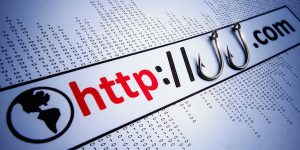 You hear it all the time: don’t open emails from people you don’t know, and don’t click on links in emails you don’t trust. But that isn’t enough. A lot of times, malicious links can come from friends who have been infected, or from emails that look legitimate, but are actually fake. This is known as phishing.
You hear it all the time: don’t open emails from people you don’t know, and don’t click on links in emails you don’t trust. But that isn’t enough. A lot of times, malicious links can come from friends who have been infected, or from emails that look legitimate, but are actually fake. This is known as phishing.
If you want to be truly secure, it’s best to never click on links in emails. But that’s not always realistic. The middle ground option is knowing how to investigate a link before you click on it.
First, check is if this link goes where it says it goes. If you hover your cursor over the link, the destination should pop up at the bottom of your browser window. If it doesn’t, right-click on the link and select “Copy link address.” You can then paste this somewhere safe such as a new Notepad document and examine it.
If the link says “ebay.com”, but the real destination says “ebay.clickme.com”, something is suspicious, don’t click on it. Remember, just because it has the word “ebay” in it doesn’t mean it’s going to ebay. eBay needs to be before the “.com” to be truly legitimate.